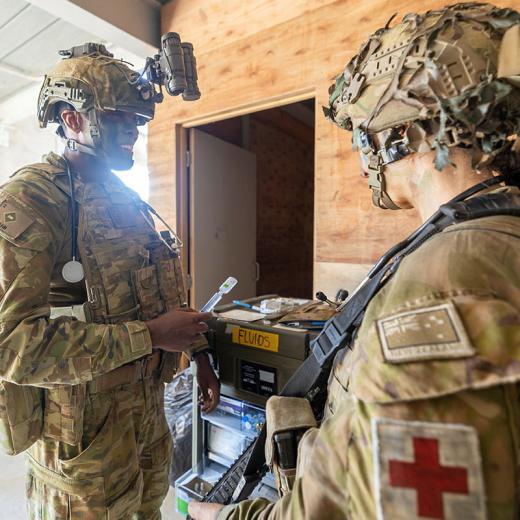BLUF
This article claims that US government health authorities made mistakes in providing information on Covid-19 to the American public.Summary
This article argues that despite good intentions, the US public health messaging has been counterproductive in the following ways:
- The assumptions made by US public officials.
- Choices made by traditional media.
-
The way digital messaging operates in the public sphere.
- Communication patterns between academic communities.
- Some public health experts appearing paternalistic and mistrusting of the public they were trying to help.
This article identifies the following problems experienced by US health authorities:
- Experts assuming that safety improvements—mask-wearing for example —might give people a false sense of security.
- Focussing on offering rules instead of explaining in detail how viruses spread.
- Traditional and social media focussing on public shaming of celebrities instead of providing valid information.
The article notes that Japan provided an excellent example of clear- cut messaging that told people why they should avoid the following:
- Closed spaces.
- Crowded spaces.
- Close contact.
Consider whether Australia can learn anything from the US experience.
References
- May 2020 The Conversation Governments can learn from consumer psychology when it comes to public health messaging
- Feb 2021 Plus One The effect of spokesperson attribution on public health message sharing during the COVID-19 pandemic.
- 2021 Australian Government Department of Health Coronavirus (COVID-19) health alert
- Mar 2021 The Nation’s Health Public health messaging vital for COVID-19 vaccine uptake: Leaders partnering on communications





